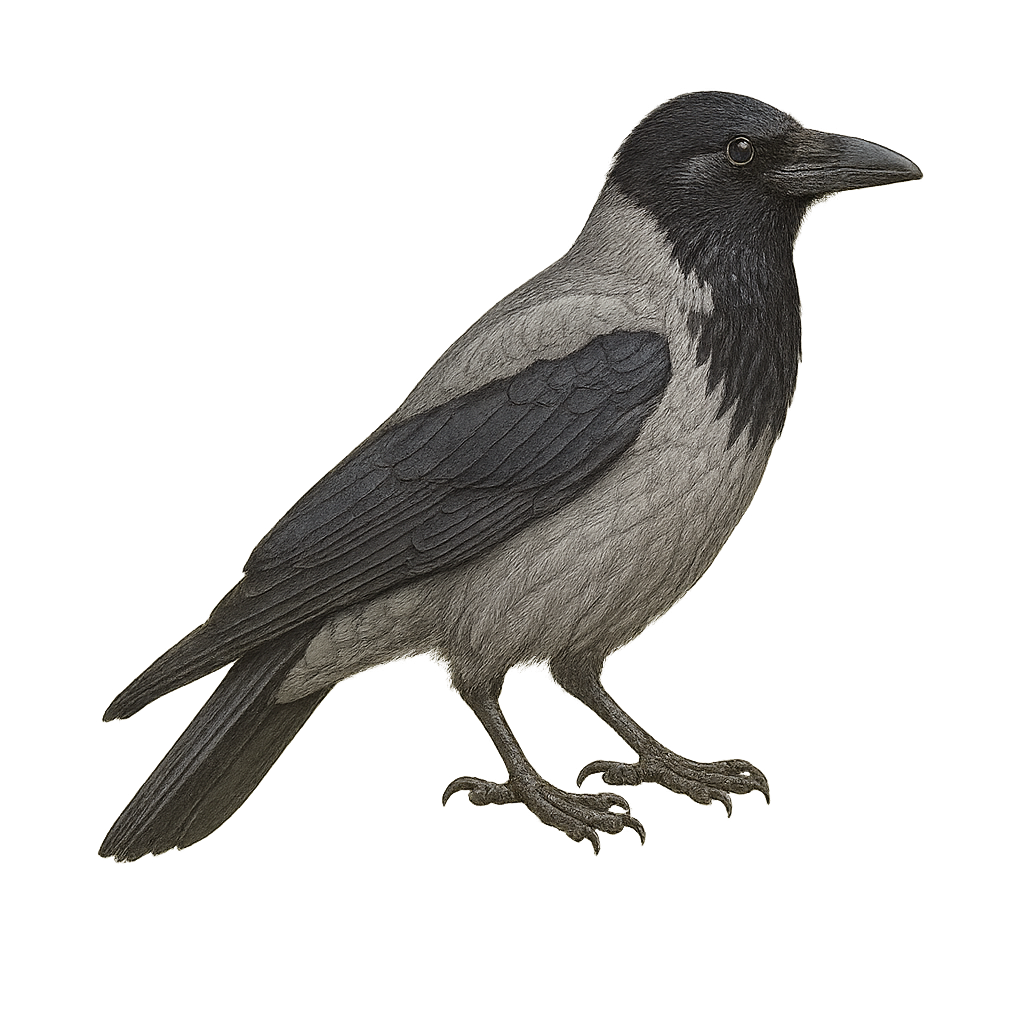Your wildlife photography guide.
Explore the hooded crow in detail, study its behavior, prepare your shots.
Where to observe and photograph the hooded crow in the wild
Learn where and when to spot the hooded crow in the wild, how to identify the species based on distinctive features, and what natural environments it inhabits. The WildlifePhotographer app offers tailored photography tips that reflect the hooded crow’s behavior, helping you capture better wildlife images. Explore the full species profile for key information including description, habitat, active periods, and approach techniques.
Hooded Crow
Scientific name: Corvus cornix

IUCN Status: Least Concern
Family: CORVIDAE
Group: Birds
Sensitivity to human approach: Suspicious
Minimum approach distance: 10 m
Courtship display: March to April
Incubation: 18-20 jours
Hatchings: March to May
Habitat:
forests, agricultural areas, cities, coasts
Activity period :
Primarily active during the day, with peak activity in the morning and late afternoon.
Identification and description:
The hooded crow, Corvus cornix, is a medium-sized bird belonging to the corvid family. It is easily recognizable by its two-tone plumage, with a light gray body and black wings, head, and tail. Often seen in open landscapes, agricultural areas, and cities, it is an opportunistic feeder, consuming a wide range of foods from insects to small mammals and human waste. Highly intelligent, it is known for its problem-solving abilities. Social in nature, it often forms noisy groups. Although its call is harsh, it can mimic other sounds.
Recommended lens:
400 mm – adjust based on distance, desired framing (portrait or habitat), and approach conditions.
Photography tips:
To photograph the hooded crow, it is advisable to use a telephoto lens of 400mm or more to capture precise details without disturbing the bird. Look for areas where they gather, such as fields or urban parks. Be patient and discreet, as they can be suspicious. Take advantage of early morning or late afternoon hours for soft, natural light. Remember to check the background to avoid distractions and play with depth of field to highlight the subject.
The WildlifePhotographer App is coming soon!
Be the first to explore the best nature spots, track rutting seasons, log your observations, and observe more wildlife.
Already 1 439 wildlife lovers subscribed worldwide

